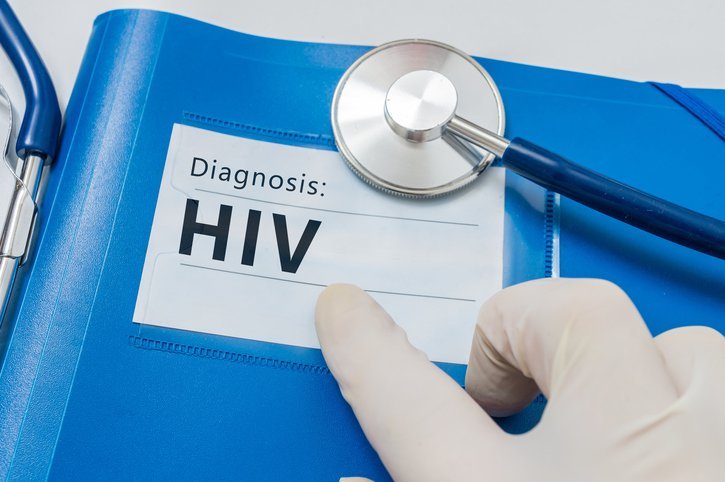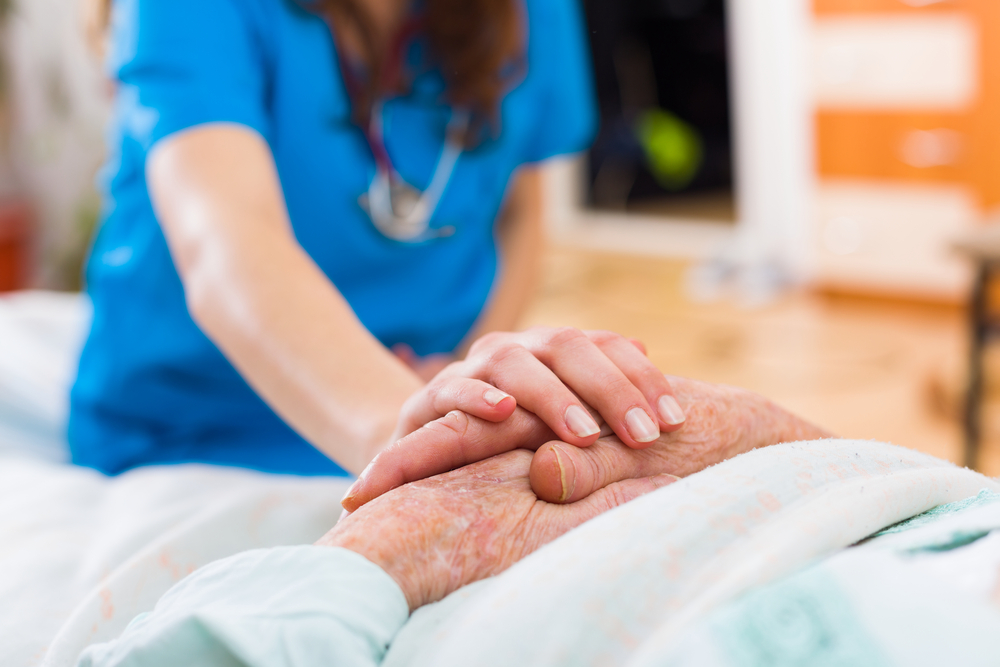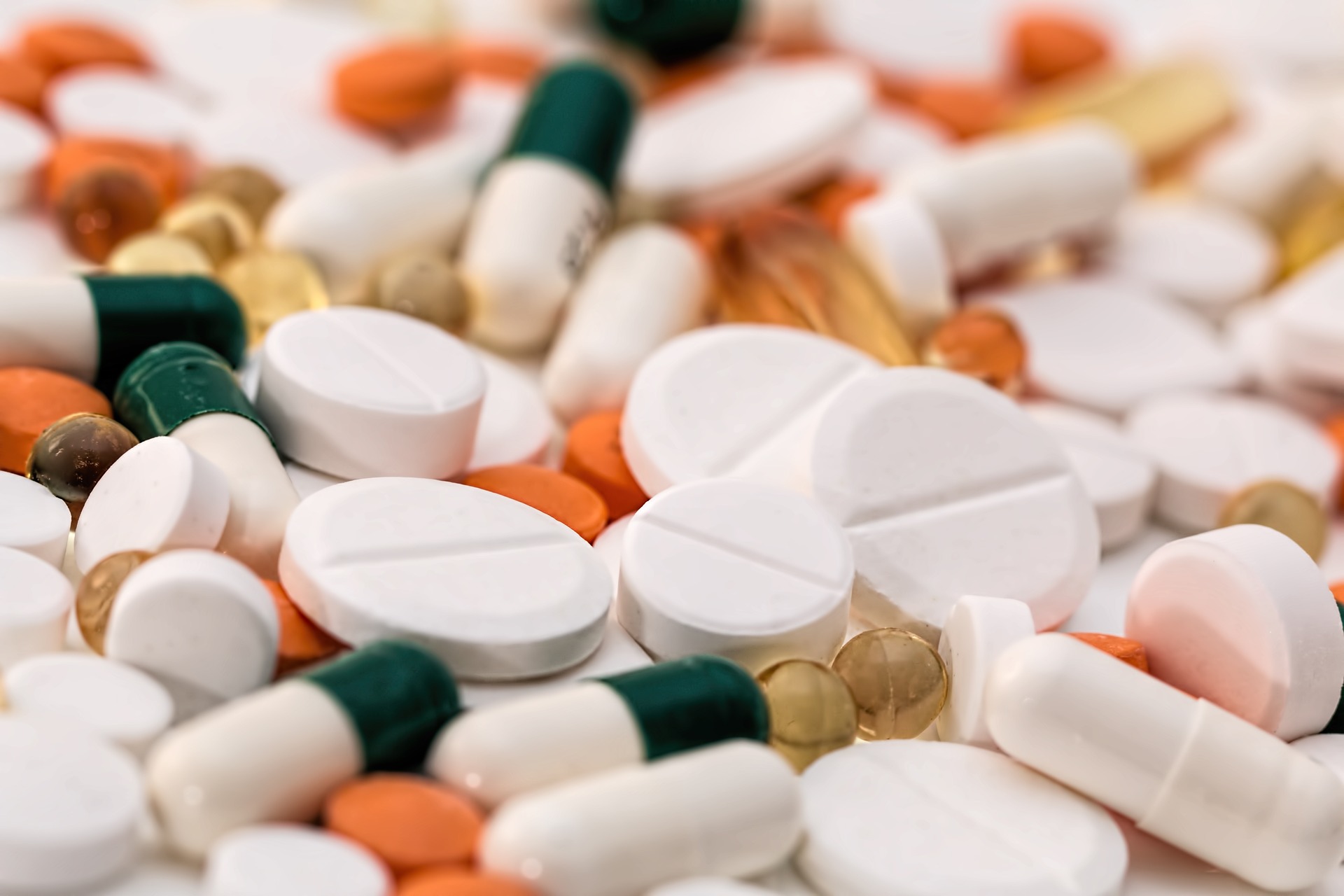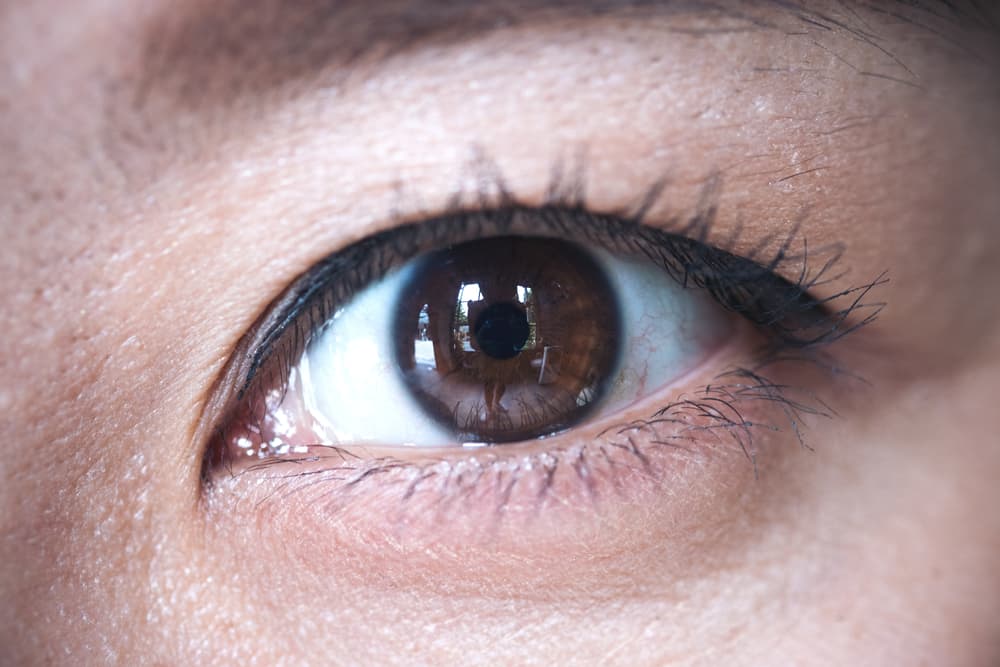Contents:
- Dismantling the myth of HIV transmission
- The three most common methods of HIV transmission
- 1. Through an infected blood donor
- 2. Through unprotected sexual intercourse
- 3. HIV transmission from mother to child
According to the World Health Organization (WHO), around 1.5 million people died due to HIV-related complications in 2013. Although awareness of HIV has increased over the past few decades, high rates of death and HIV transmission indicate that awareness is even more needed to prevent the spread virus.
Dismantling the myth of HIV transmission
HIV is only transmitted through bodily fluids, such as: blood, vaginal fluids, sperm, breast milk.
HIV cannot survive outside the human body (such as on the surface of an object) for a long time, and cannot reproduce outside a human host. HIV not disseminated through:
- Mosquitoes, fleas, or other insects.
- Saliva, tears, or sweat that doesn't mix with the blood of an HIV positive person.
- Hugs, handshakes, sharing toilets, sharing cutlery, or kissing with closed mouths or cheeks with HIV positive people.
- Other sexual activities that do not involve the exchange of body fluids (for example, touching).
When the viral load of an HIV positive person decreases, the chances of transmission are also reduced. Routinely taking HIV drugs or having a very low or undetectable viral load will reduce your chances of transmitting HIV than people who have a high viral load.
However, someone who is infected with HIV can still have the opportunity to transmit HIV to his partner even though he has an undetectable viral load. This is because:
- HIV can still be found in genital fluid (sperm, vaginal fluid). Viral load tests only measure viruses in the blood
- A person's viral load can increase between tests. If this happens, the person is more likely to transmit HIV to his partner
- Sexually transmitted diseases increase viral load in genital fluid
The three most common methods of HIV transmission
1. Through an infected blood donor
HIV is most commonly spread by blood. Blood transfusion directly from an infected blood donor is a way of transmitting HIV with the highest probability of becoming infected. However, testing steps for infected blood have been tightened since 1985. Blood donations have been tested for HIV. If there is only one donation that is known to be positive, the blood is removed. Apart from safety measures, the risk is small that HIV-infected blood is still used in transfusions.
Inadvertent sharing of needles in drug use and accidentally being punctured in a health facility is another way that can transmit HIV. However, the spread of HIV disease through this method is less likely than through blood transfusions. The CDC estimates that 63 out of every 10,000 exposure to shared use of infected needles will cause transmission. In the case of sharp tool punctures, that number is reduced to 23 out of every 10,000 exposures.
HIV transmission through bites, discomfort, or splashes of body fluids (including sperm or saliva) has the risk of "meaningless."
2. Through unprotected sexual intercourse
You can be at high risk of contracting HIV when having sex with someone who is infected with HIV. All kinds of sexual, vaginal and anal activities can transmit HIV in heterosexual sex, especially without condoms.
All forms of oral sex are considered low risk. However, you can still transmit or contract HIV during oral sex, especially if it involves ejaculation in the mouth.
It is very important to always protect yourself during sexual activity. If you will participate in sexual contact with others, a condom that is considered a barrier between sperm and vaginal fluid is the best way to prevent HIV infection.
Sex with condoms cannot eliminate the risk of HIV transmission due to problems with the abuse and damage of condoms. If you are sexually active, you and your partner should consider taking an HIV test to improve safety for both of you.
3. HIV transmission from mother to child
Apart from blood and ejaculatory fluids, when a woman is infected with HIV, the virus can spread to her baby during pregnancy, labor and childbirth, or by breastfeeding because HIV can be transmitted through breast milk. In addition, HIV can also be transmitted to babies through food that is first chewed by HIV-infected mothers or nurses, even though the risk is very low.
Antiretroviral therapy drugs can reduce the risk of HIV transmission in all types of exposure. However, this method is not entirely effective, and should not be the only source of prevention of your transmission.
Hello Health Group does not provide medical advice, diagnosis or treatment.












